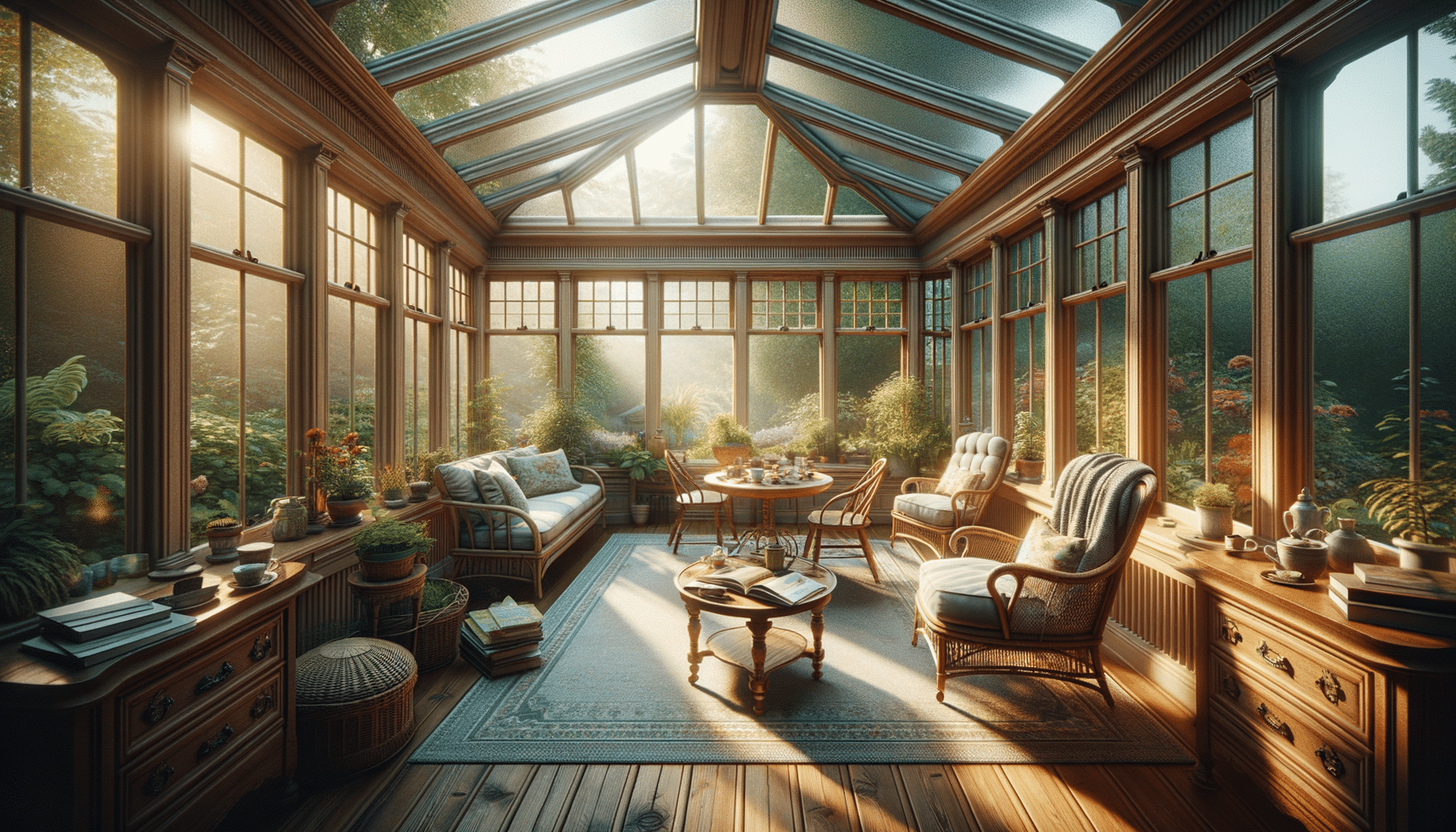
Awnings
Introduction to Awnings in 2025
In 2025, awnings have become an essential feature for homeowners and outdoor enthusiasts alike, offering a perfect blend of energy efficiency and enhanced outdoor living. As climate change continues to influence global weather patterns, the need for sustainable solutions like awnings has grown significantly. These versatile structures not only protect outdoor spaces from harsh sunlight and rain but also contribute to energy savings by reducing the need for air conditioning. This article delves into the multifaceted benefits of awnings, exploring how they save energy and enhance outdoor living in modern times.
Energy Efficiency Through Awnings
Awnings are highly effective in reducing energy consumption, making them a smart choice for eco-conscious homeowners. By providing shade, awnings can lower indoor temperatures by as much as 15 degrees, significantly reducing the need for air conditioning during hot months. This reduction in energy usage not only lowers utility bills but also decreases the overall carbon footprint of a household. In 2025, with the emphasis on sustainable living, awnings have become a popular choice for those looking to integrate eco-friendly solutions into their homes.
Furthermore, awnings can be strategically placed to maximize energy savings. For instance, installing them over windows that receive direct sunlight can prevent heat from entering the home, keeping indoor spaces cooler. This strategic placement is particularly beneficial for homes in regions with extreme temperatures, where energy costs can be a significant burden.
Enhancing Outdoor Living Spaces
Awnings offer a practical solution for enhancing outdoor living spaces, providing comfort and functionality. They create shaded areas that allow people to enjoy outdoor activities without the discomfort of direct sunlight. Whether it’s a family gathering on the patio or a quiet afternoon reading in the garden, awnings make outdoor spaces more inviting and usable.
In addition to providing shade, awnings protect outdoor furniture and fixtures from sun damage, prolonging their lifespan. This protection ensures that outdoor areas remain aesthetically pleasing and functional for years. As a result, awnings are a valuable investment for homeowners looking to enhance their property’s appeal and usability.
Aesthetic and Property Value Benefits
Awnings are not only functional but also add aesthetic value to properties. Available in various styles, colors, and materials, they can complement any architectural design, enhancing the overall look of a home. Whether opting for a traditional fabric awning or a modern retractable one, homeowners can find an option that suits their taste and enhances their property’s curb appeal.
Moreover, awnings can increase a property’s value by improving its outdoor living spaces. Prospective buyers often look for homes with functional and attractive outdoor areas, making awnings a worthwhile investment. In 2025, as more people prioritize outdoor living, having well-designed awnings can set a property apart in the real estate market.
Conclusion: The Future of Awnings
As we move further into 2025, the role of awnings in energy efficiency and outdoor living continues to grow. These versatile structures offer a sustainable solution to rising energy costs while enhancing the comfort and usability of outdoor spaces. By investing in awnings, homeowners can enjoy a more sustainable lifestyle, reduce their environmental impact, and enhance their property’s value.
With their myriad benefits, awnings are set to remain a popular choice for those looking to improve their homes in an eco-friendly and aesthetically pleasing manner. As the demand for sustainable living solutions increases, awnings will undoubtedly play an integral role in shaping the future of outdoor living.


